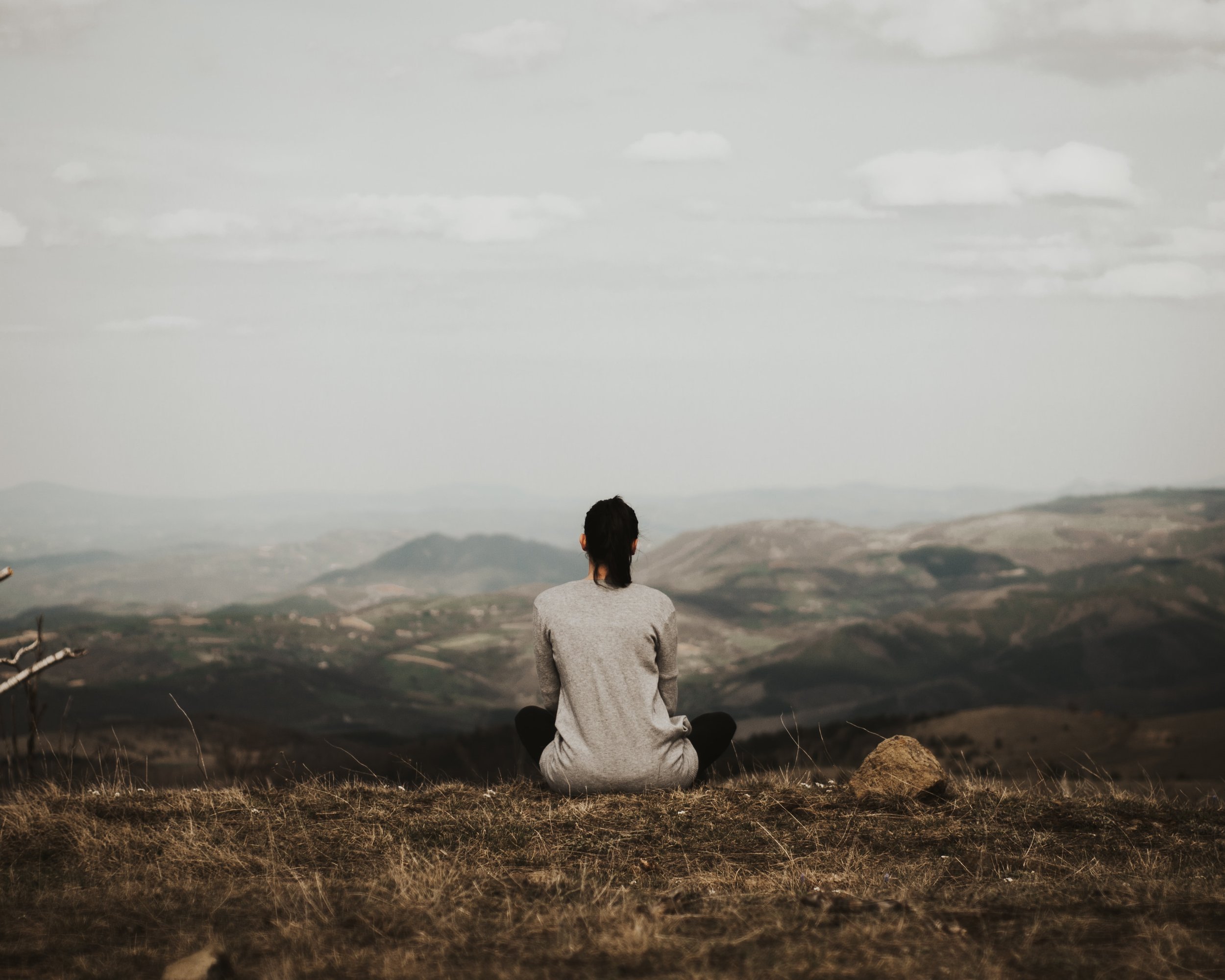Grounding 101: Practical Tools for Anchoring in the Present
By Melody Wright, LMFT
Imagine you’re on a ship out at sea. The once-calm waves are now becoming rogue and chaotic, which pulls you further away from the safety of the shore. When you look across the horizon, you can see the land diminishing in the distance, and a sense of overwhelm sets in. You find yourself at a loss, unsure of how to regain control of your situation. In the midst of the chaos, you remember you have an anchor. Without hesitation, you lower the anchor, securing your boat to the ocean floor. As you feel the anchor take hold, a sense of stability and peace sets in. You become aware that the waves no longer dictate the movement of your boat.
The waves of life continuously change which can cause many different emotions, thoughts, and reactions. As the captains of our “ship” called life, we hold a power resource which is our anchor, the grounding tool. In other words, if you are grounded in life, you have the power to engage in peace on an inward level even when life is chaotic. In this blog, we will discuss the importance of grounding and techniques you can use in your day-to-day life.
Why is Grounding Important?
Grounding is an important practice that allows us to find serenity in the midst of our stress. It supports us by allowing us to reconnect with the present moment and find a sense of stability. When we intentionally anchor ourselves to the here and now, we can create a deeper awareness of our surroundings and ourselves. When we become more aware of ourselves we become more attuned to our strengths, weaknesses, values, and beliefs. This heightened sense of self-awareness allows us to make conscious choices that are aligned with our authentic selves, which can lead to living a more fulfilled life. This awareness also empowers us to navigate relationships without judgment, communicate more authentically, and build stronger connections with others.
How Do You Ground?
There are many ways to ground yourself throughout your day-to-day life. We suggest trying many different ways to see what is going to work best for you. You might also find that as you grow what worked for you before needs to be tweaked or another approach needs to be tried. Grounding is unique to you and your experiences. Here are a few grounding techniques you can try today.
Deep Breathing: One of the simplest grounding techniques is deep breathing. By focusing on your breath, you can bring your attention back to the present. As you take slow, deep breaths be aware of the sensation of air entering and leaving your body. This practice not only grounds you but also activates relaxation by reducing the intensity of your body's stress response.
Grounding Objects: Having a tangible object to hold on to can help you ground. Consider carrying a small object such as a smooth stone, a worry stone, or a piece of fabric to run your fingers over. Whenever you feel overwhelmed or disconnected, hold the object in your hand and pay attention to its texture, weight, and temperature. By focusing on the object, you redirect your attention to the present and create a sense of stability and connection.
Meditation: This grounding technique takes practice, but it’s one of the best grounding techniques. You can find a calm spot to sit or lie down. Close your eyes and focus on your breath or a chosen point. When thoughts come up you can acknowledge them without judgment and return your attention to the present. Mindfulness meditation helps to quiet the mind, reduce stress, and improve overall well-being. With regular practice, you can develop a greater ability to stay grounded and centered even when challenging situations occur.
Final Thoughts
Grounding techniques offer practical ways to support our mental, emotional, and physical well-being. These tools also create space for you to find healing from anxiety, depression, and even trauma. If you would like to learn more about the mind-body connection check out our free downloadable eBook, The Mind-Body Tool Kit. We also have an amazing team of therapists who have extensive experience and training in healing the whole person. We are currently offering sessions in-person, during the weekend, online, and sessions in Spanish. You can CLICK HERE to schedule your free phone consultation today!
Additional Resources
If you would like to learn about grounding and tools to help you ground, check out the resources below!
In an Unspoken Voice: How the Body Releases Trauma and Restores Goodness by Peter A. Levine
"The Body Keeps the Score: Brain, Mind, and Body in the Healing of Trauma" by Bessel van der Kolk
Sensorimotor Psychotherapy: Interventions for Trauma and Attachment" by Pat Ogden and Janina Fisher
Grace Unfolding: Psychotherapy in the Spirit of Tao-te ching by Greg Johanson and Ronald S. Kurtz
**Some product links are affiliate links, which means we'll receive a commission if you purchase through our link, at no extra cost to you. Please read the full disclosure here.




